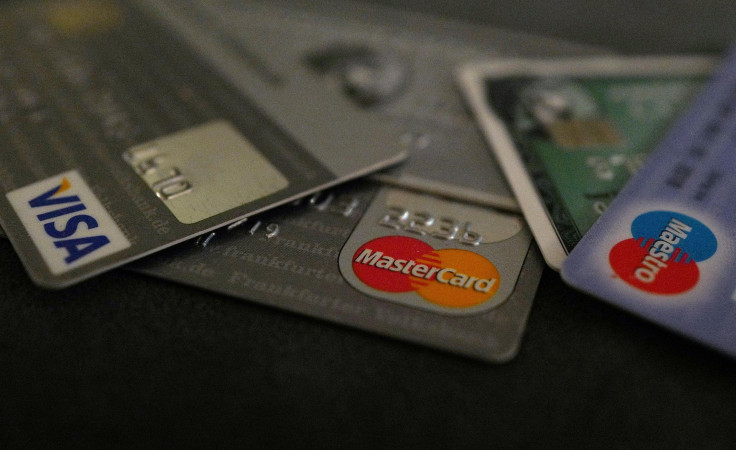Millennials Have Another Debt Crisis You May Not Have Heard Of

America’s largest generation is frequently painted as the poster child for the student debt crisis, but college loans are not millennials’ sole credit problem. Nearly two in five have subprime credit and, according to a new study, the cards those individuals are most eligible for — and for which they’re often targeted through pre-approved offers — can cost them dearly.
With their exorbitant and unavoidable fees, subprime specialist issuer cards can cost a consumer an average of $154 during the first year and $166 every year after that, while secured cards charge, on average, $26 in the first year and $19 in the following years, according to a NerdWallet report released Tuesday. For perspective, if all 6.08 million millennials with credit scores below 600 carried one, subprime cards would cost the cohort roughly $1 billion annually.
“For millennials, [subprime cards] can sometimes feel like the only option if you have a subprime credit score,” NerdWallet credit card expert Kimberly Palmer told International Business Times. “And in most cases, the cards have really low credit limits, so then they’re going over the limit and it quickly becomes this cycle of higher interest rates and fees.”
While average credit limits for superprime cards, often approved for those with scores of over 780, have risen between 2010 and 2017, those for subprime cards have fallen over the same period, NerdWallet found. Yet credit utilization by superprime cardholders stood at just 11 percent as of early 2017, compared to 94 percent for subprime cardholders.
Still, credit card delinquencies are down overall compared to earlier post-recession levels and millennials collectively show a marked aversion to carrying cards in the first place. Plenty of those who do pay with plastic want to keep their scores in good shape, as close to a quarter of the millennials surveyed told NerdWallet they “would be inspired to improve their credit if they had regular access to their credit score,” compared to 15 percent of Americans overall. Although it’s difficult to compare millennials’ use of plastic to that of previous generations in their early years because of how much payment technologies have changed over the past few decades, Palmer pointed out, “a lot of millennials came of age during the recession, and many of them are sort of scarred by seeing what happened to their parents.”
But for those with subprime credit, who may find themselves in the crosshairs of a subprime specialist issuer, the climb to a score above 700 can be a steep one.
That’s because those issuers, according to a 2015 report by the Consumer Financial Protection Bureau, tend to seek less-educated consumers with pre-approved mail offers containing more complex language and agreements that are more than 70 percent longer than those of mass-market issuers.
“Large bank issuers and large credit unions are providing agreements that Flesch-Kincaid indicates should be readable by a high-school graduate. In contrast, the subprime specialists are using agreements that, on average, are at the reading level expected only after completing two years of post-secondary education,” the CFPB report noted, referring to the Flesch-Kincaid Grade Level Formula, which quantifies reading ease. “This is especially concerning because these issuers generally market to — and, therefore, presumably serve — consumers who lack any post-secondary education.”
Meanwhile, the CFPB found, subprime issuers have been increasing their approval rates more quickly than mass-market issuers, exhibiting higher approval rates for those at the very bottom of the credit-score totem pole and collecting 58 percent of their consumer-sourced revenue from fees. Mass-market issuers, by contrast, collect only a fifth of their revenue through such fees.
“People are signing up for things they don’t understand,” Palmer said, adding that she believed the problem to be “on par with” the rise in the use of subprime mortgages during the lead-up to the 2008 financial crisis.
© Copyright IBTimes 2024. All rights reserved.












